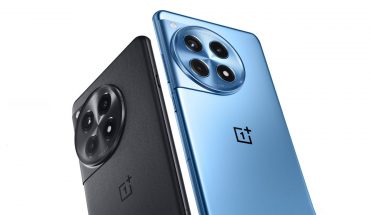Streaming Netflix in HD may seem like standard practice, but there are caveats to how it works that may not always translate into the best picture quality on your TV or mobile device.
For starters, providers have to be certified in order to access Netflix’s HD streaming capability, which explains why some devices can and others can’t. For example, streaming boxes like the Apple TV, Google Nexus Player, Google Chromecast and Roku have HD access. So do a number of smart TVs from Samsung, LG, Sharp, Panasonic, Toshiba and Hisense. This also extends to certain game consoles, Blu-ray players, mobile devices and desktop Web browsers.
Third-party streaming boxes — usually Android-based — do not have HD access. That box from Satechi, Red Rhino, Minix, MyGica or another smaller manufacturer will be able to access the Android Netflix app, but will not play any of its content in HD, even if the hardware and Internet connection is more than capable of handling it.
The company wouldn’t comment on how it deems a manufacturer to be worthy of its HD streams.
Not every Netflix title is available in HD, and fewer still are available in 4K Ultra HD. For those that are, the company recommends average bandwidth of at least 5.0 megabits per second to achieve 720p resolution or better. Under your My Account profile, you will also need to ensure you’re set to “High” under Playback Settings. This does take up to 3GB of data per hour in HD, and up to 7GB per hour on 4K Ultra HD, so if you don’t have a large cap with your Internet Service Provider (ISP), it may be time to call and see about an upgrade.
Your ISP may also play a role in what kind of quality you will watch. Netflix regularly monitors Canada’s top providers and ranks them based on average bandwidth.
It should be noted that quality is affected by time of day as well. Watching HD is much easier in the early afternoon on a weekday than it is in the evening or weekend at night. Larger markets with higher concentrations of users generally get these fluctuations, though it doesn’t seem to be quite as prominent in Canada as it has been in the United States, which has a much higher density in its major population centres.
Since Netflix also supports multiple user profiles on the same account, it is possible to have different quality settings for each one. This way, children can utilize a low or medium quality stream, while parents can use a higher one for the content they watch.
The company’s HD streams are not universal, nor even guaranteed to work every time, as is evidenced by the stamp of approval and bandwidth required. There isn’t much you can do if a certain product isn’t supported or if an ISP ranks poorly, other than putting your money where you feel you will get the most from your subscription.



